After years of drought, the state of Minnesota has recently been facing excess rainfall leading to flooding.
Several suggestions have been offered up for the extreme weather, from climate change to typical multi-year weather patterns.
Recent Floods Have Been Severe

The floods over the past few days have been both widespread and severe.
The floods are now affecting almost half of Minnesota. Homes have been damaged and the Rapidan Dam, near Mankato, has been partially damaged.
State Leadership Taking Action
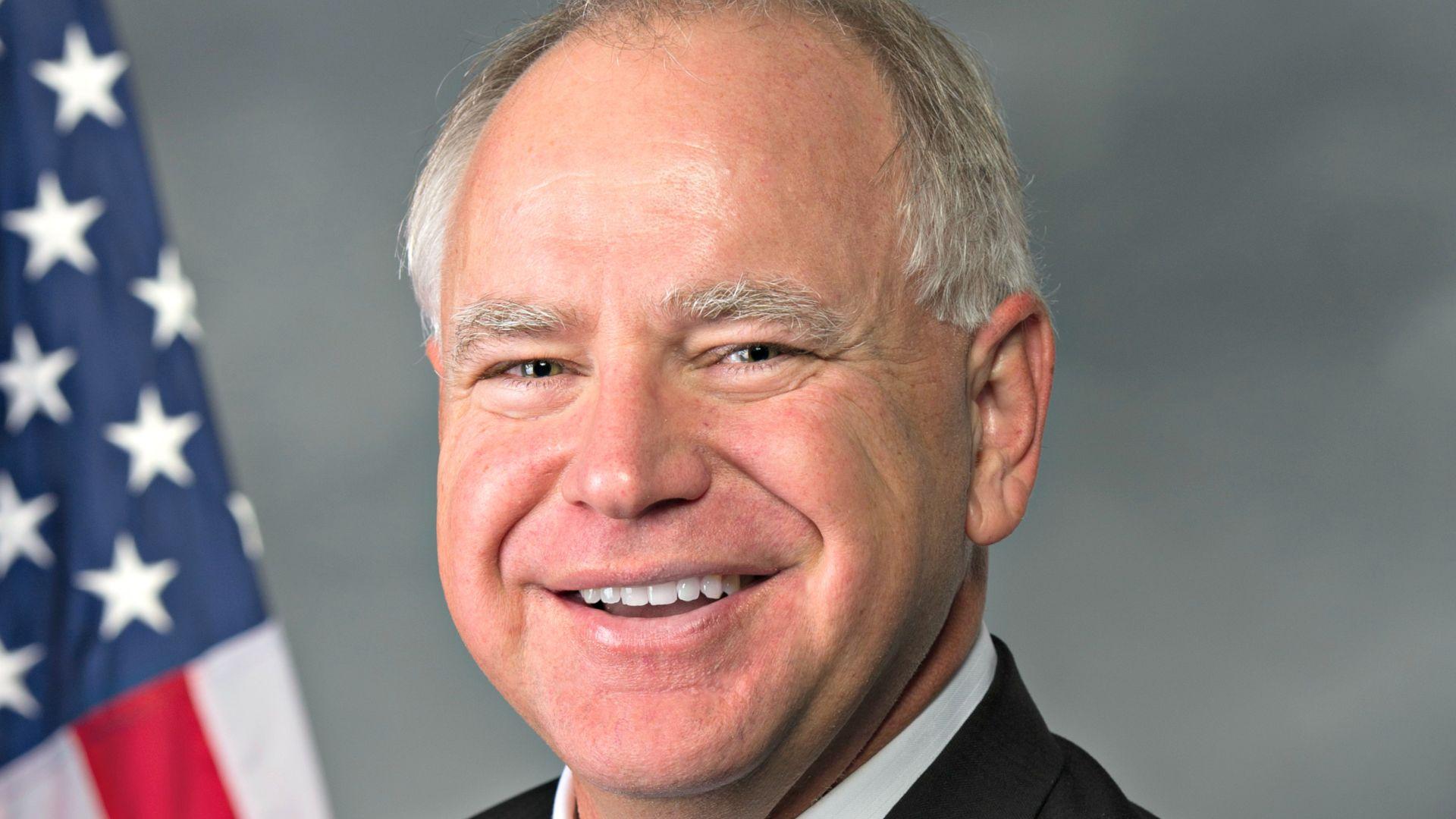
Minnesota Governor, Tim Walz, held a press conference on Wednesday to let citizens know what the state is doing in regard to flood recovery.
The Lieutenant Governor, Peggy Flanagan, travelled south to witness flood recovery efforts in person.
The Flooding is “Unprecedented”
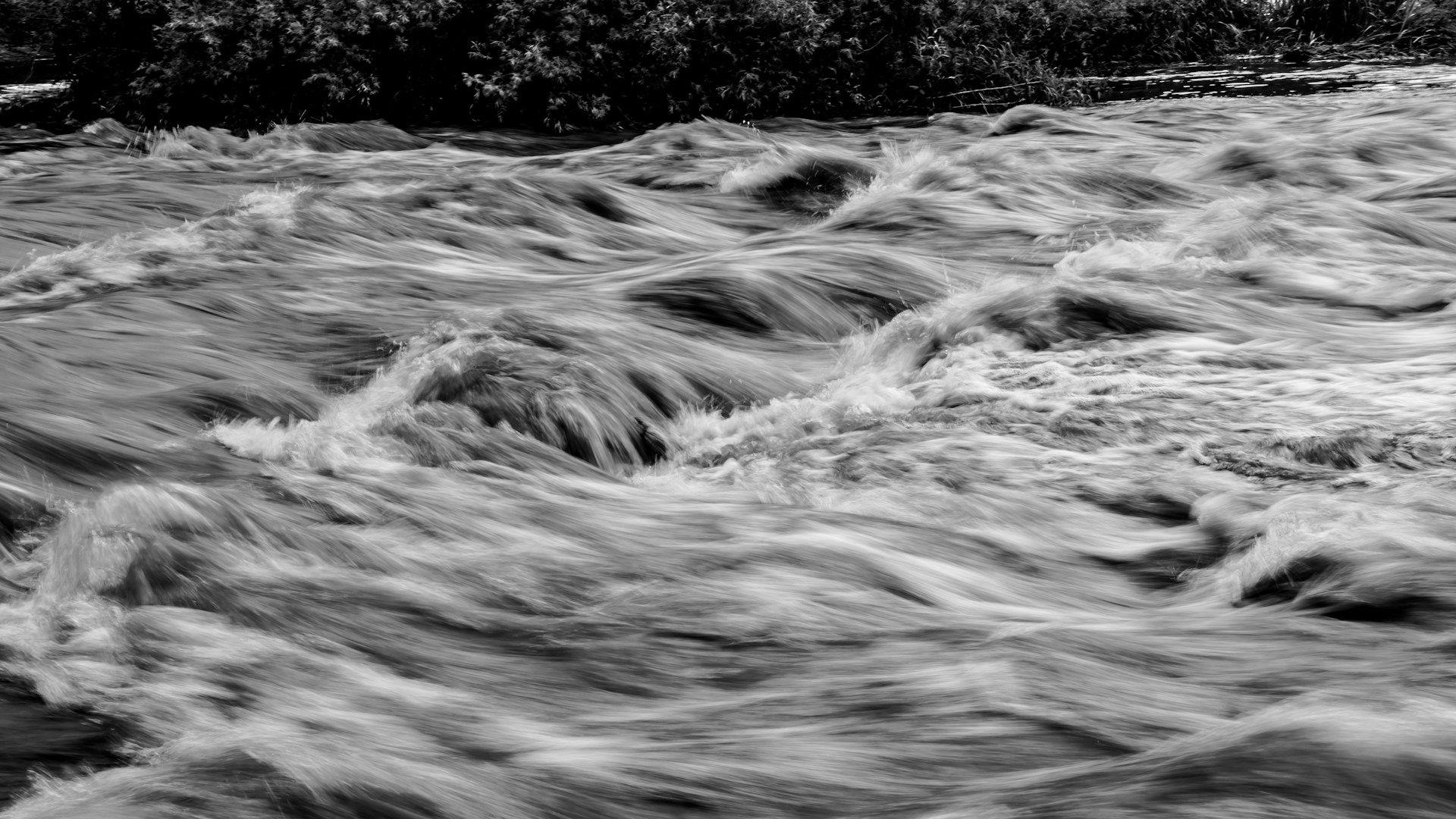
The flooding is occurring at a scale and speed that Minnesota hasn’t seen before, with several rivers bursting their banks.
Tim Walz, at his press conference, said: “These are unprecedented, not-seen-before type of events that are coming on very quickly.”
State Was Not Unprepared

The Governor was keen to make the point that, although the flooding is unprecedented, there are protocol and resources in place to coordinate an emergency response.
State agencies are being coordinated by the activation of the State Emergency Operation Center through the “One Minnesota Effort”.
Dam Teetering
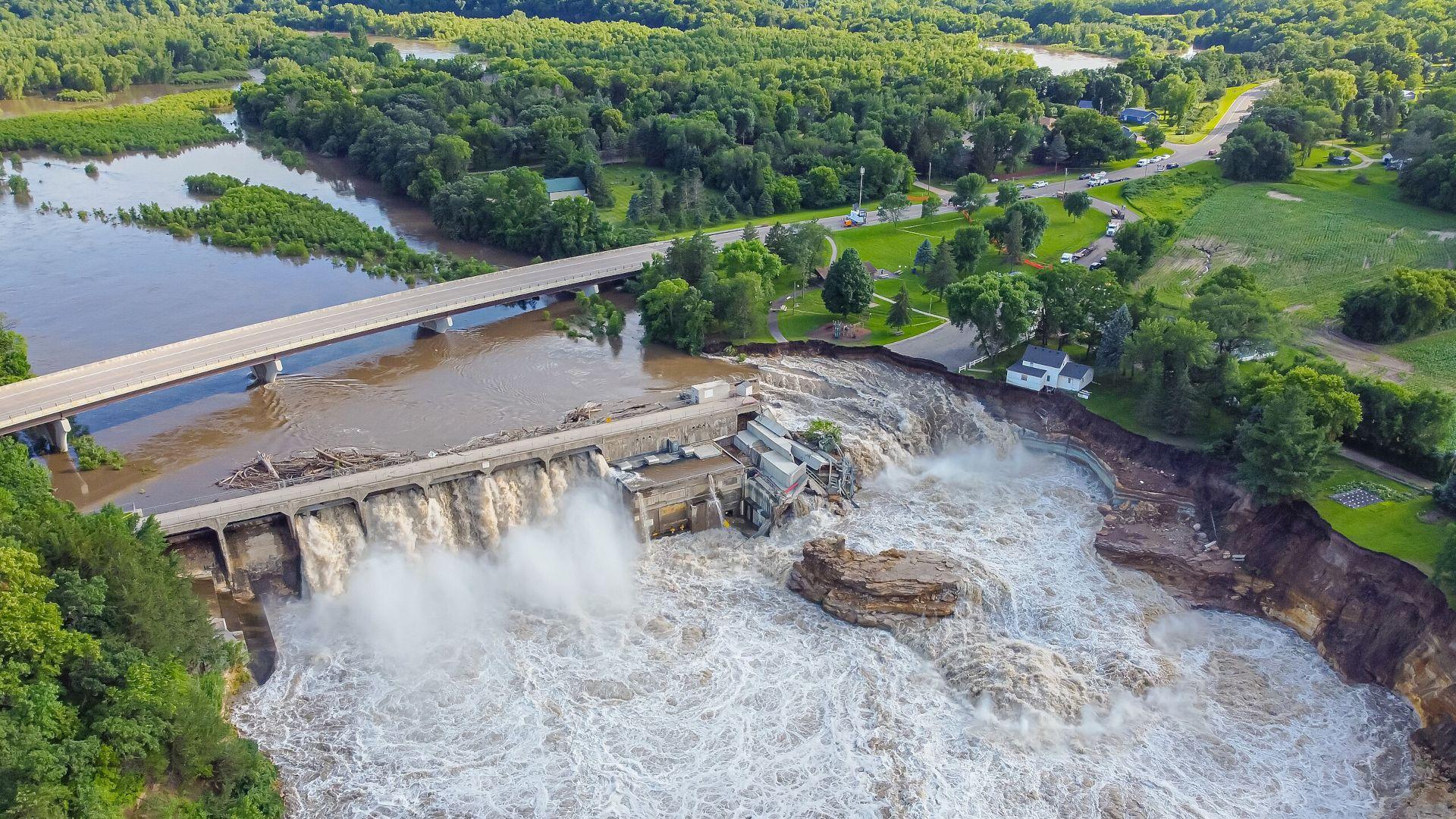
The Rapidan Dam, a 114-year-old dam in south Minnesota, has partially burst, and water is flowing over and around it, causing erosion of the surrounding earth.
The dam is located on the Blue Earth River, which has, in recent days, become a fearsome torrent.
Due to Climate Change?
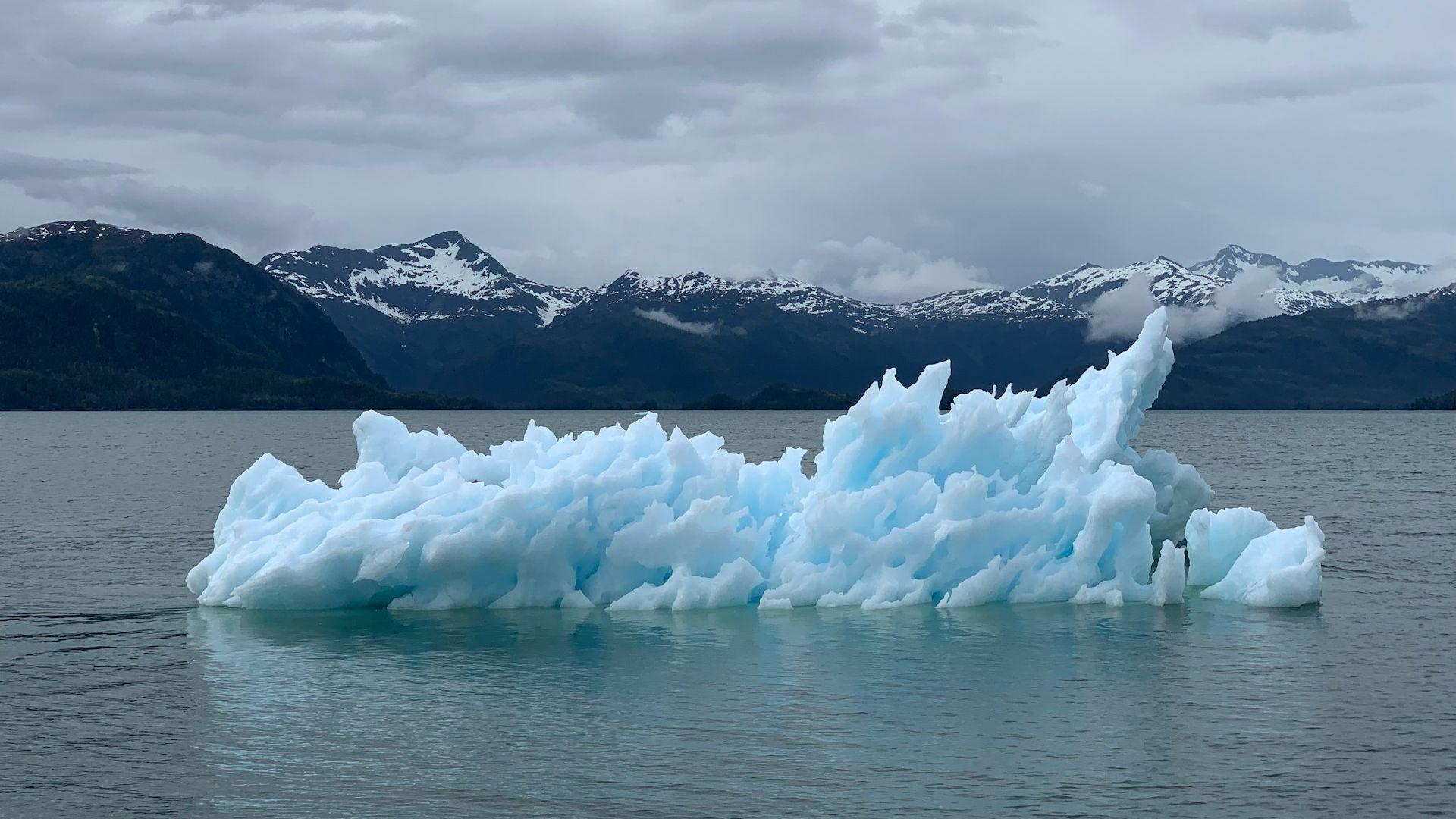
Lt Governor Peggy Flanagan, speaking on Thursday, suggested that the events could be due to climate change.
She said: “Water is a powerful force … We are experiencing the impacts of [climate change] here in Minnesota, all across the state.”
Wet Years Often Follow Dry Years
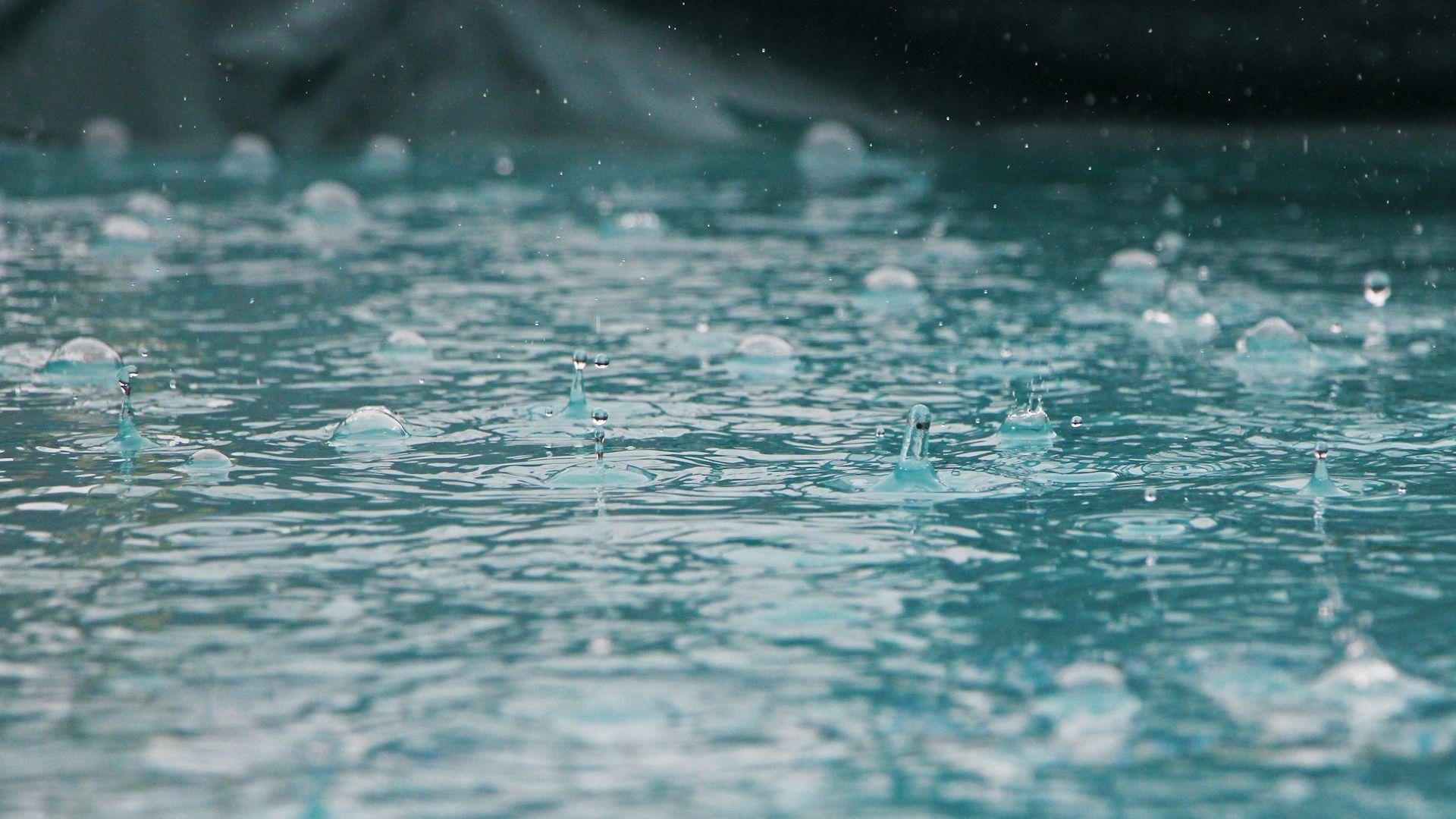
There may be a few different factors leading to the flooding, which in some ways is not unprecedented.
Climatologist Pete Boulay said, to CBS News: “Ironically, we kind of break droughts with really wet years after them. This has happened a few times in our history.”
Flooding Has Its Roots in March

Although the most severe effects of the rainfall are only happening now, the issue began back in March, when the drought pattern ended.
That’s when persistent rain patterns began to emerge and, according to Boulay, in April, May and June, “it just kept adding up, adding up, adding up. And then eventually we saturated the soils, and water has nowhere else to go, so it goes into the lakes and rivers.”
Disadvantage of a Landlocked State

Another factor is the landlocked nature of Minnesota, which can expect some extreme weather due to being far from any ocean.
Boulay suggested: “Part of it is also we’re right in the middle of the continent, very far away from any ocean. So we are the land of extremes here in Minnesota just to begin with.”

